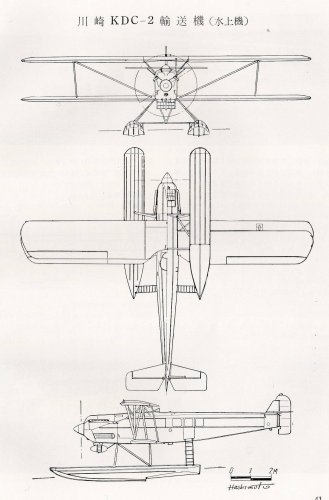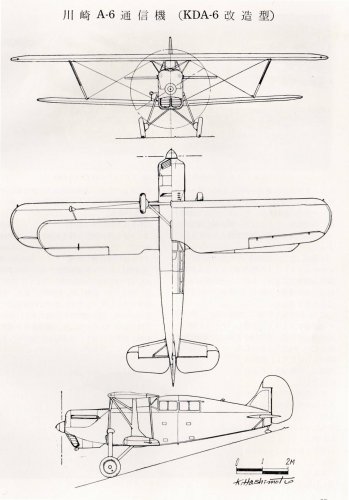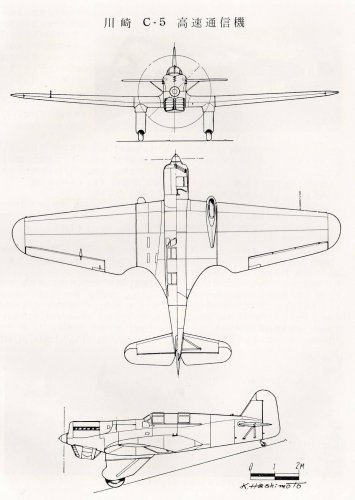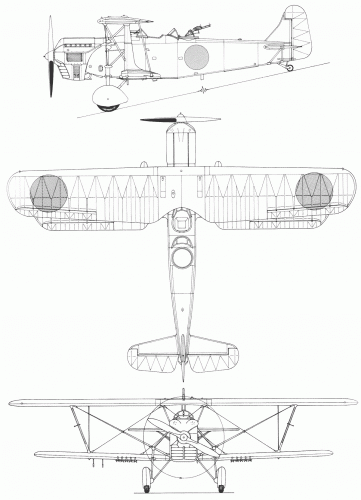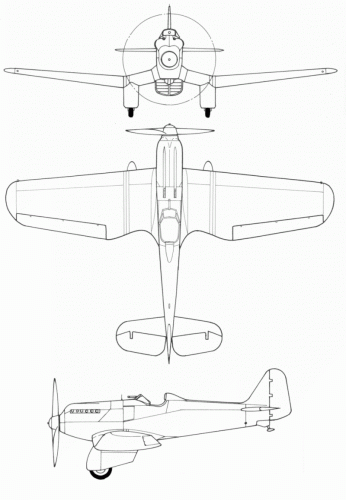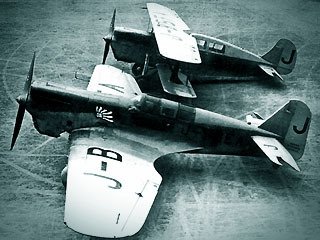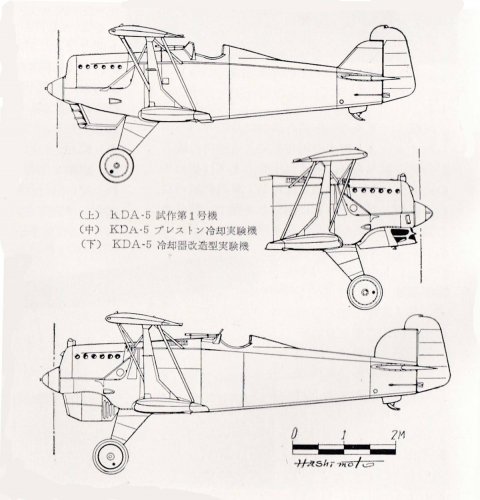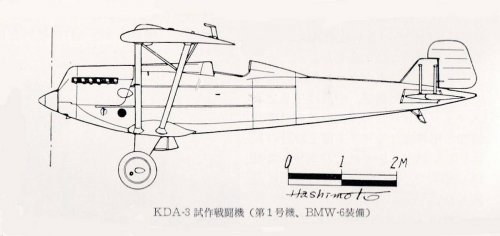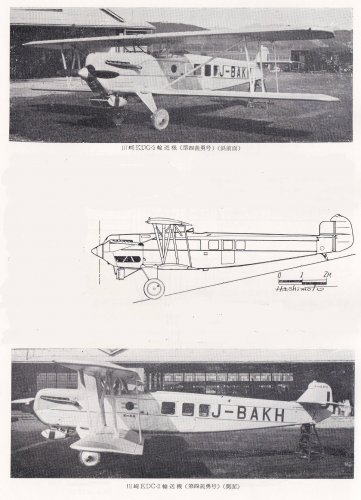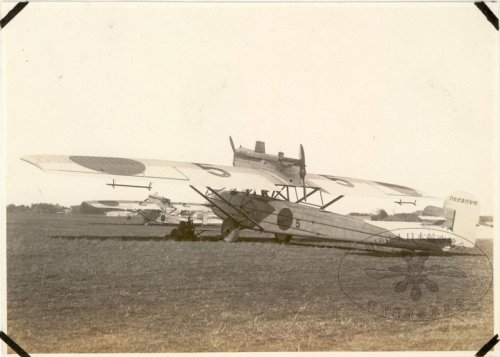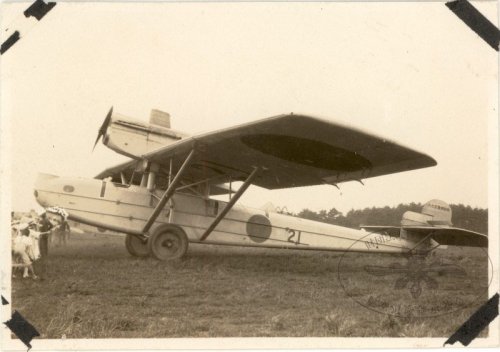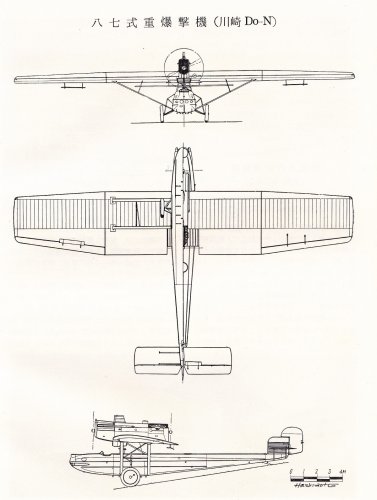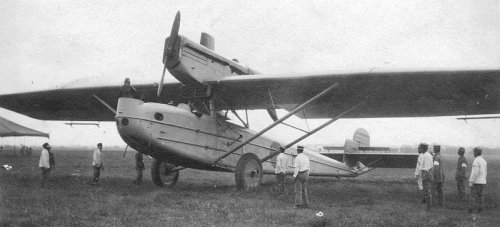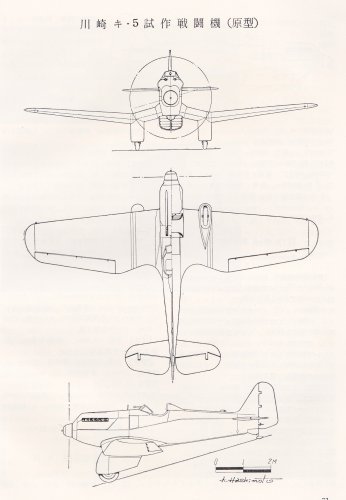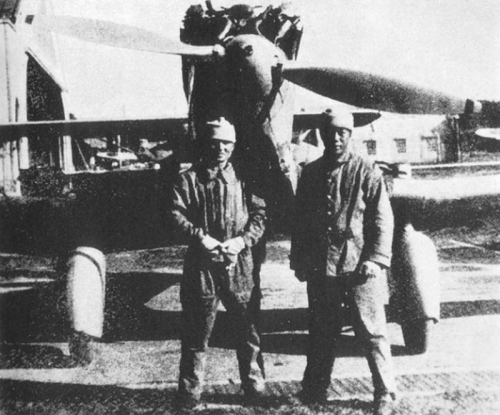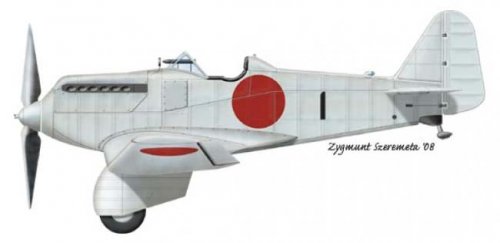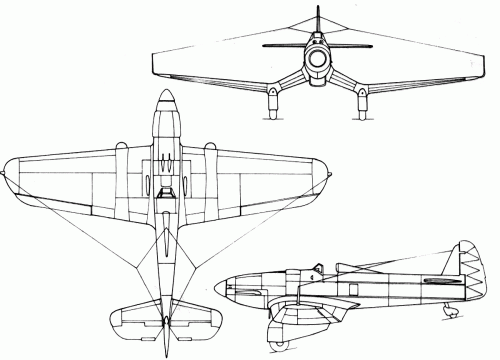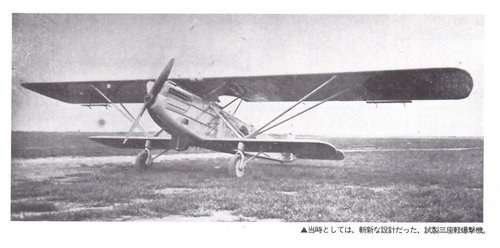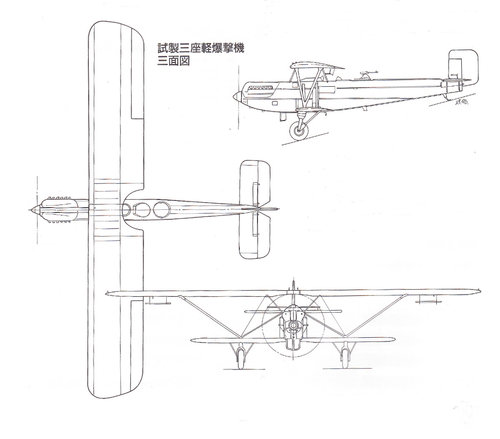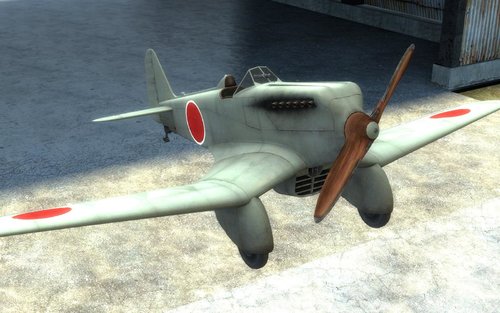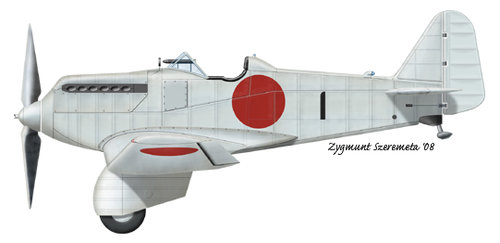As you all know Richard Vogt was send to Kawasaki by Dornier for the production of Dornier types.
Later he became chief designer at the Kawasaki factory.
For a few types there is information which he designed for the company.
But who can help me with a list of aeroplanes and projects designed by Vogt for the company?
Details of these aeroplanes and projects are welcome, special the projects.
Thanks
Jjr
Later he became chief designer at the Kawasaki factory.
For a few types there is information which he designed for the company.
But who can help me with a list of aeroplanes and projects designed by Vogt for the company?
Details of these aeroplanes and projects are welcome, special the projects.
Thanks
Jjr

